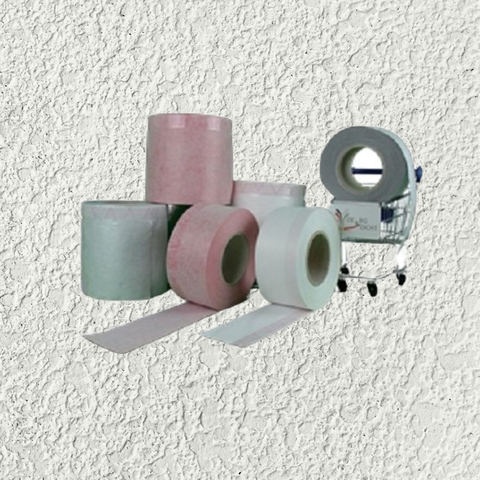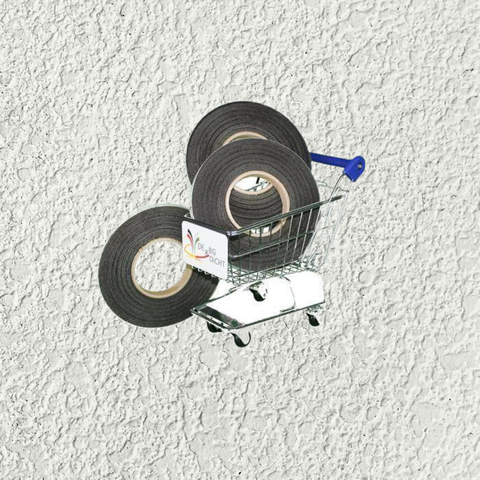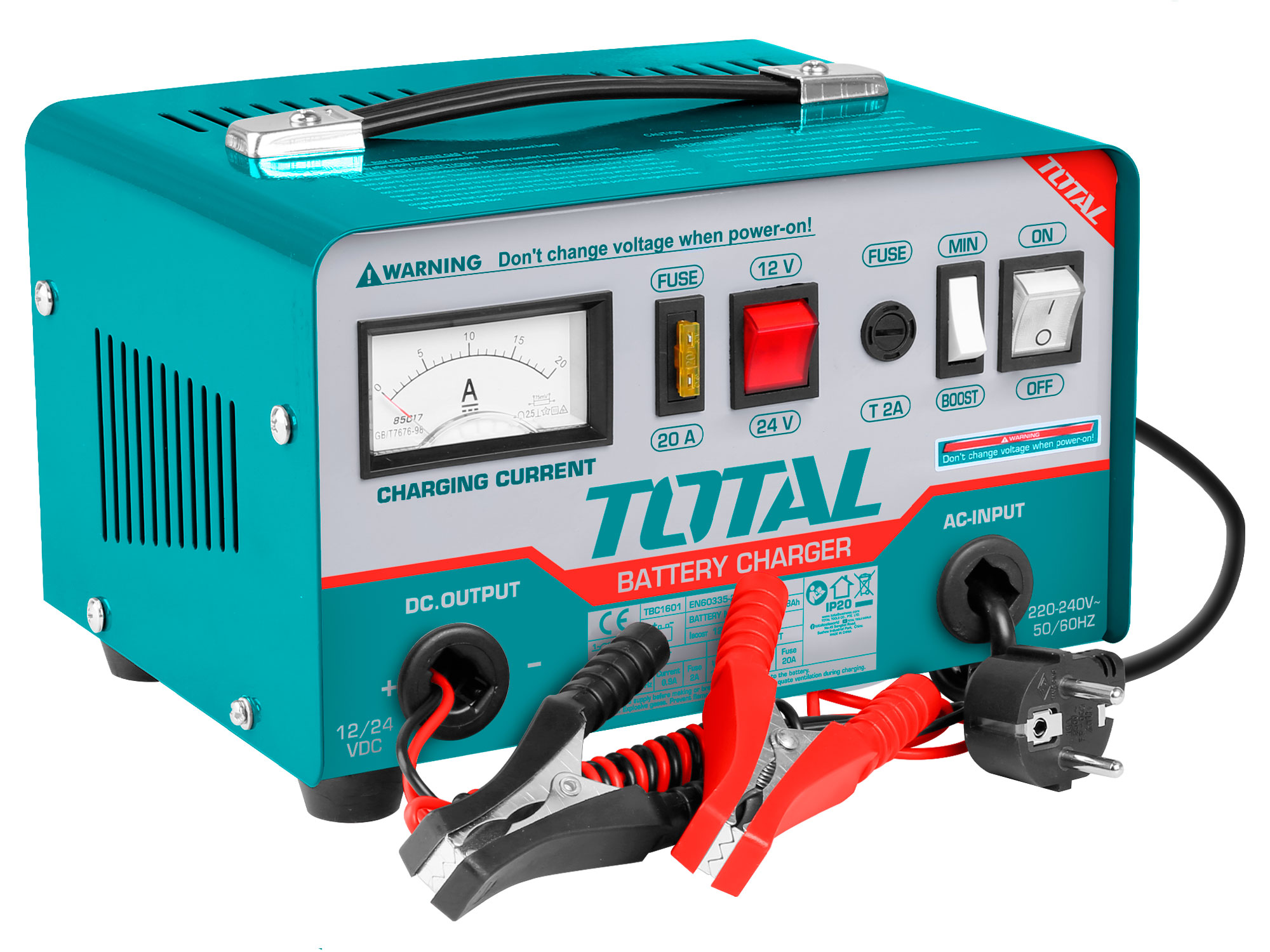The ultimate guide to compression tape: UV-resistant protection for every application
Are you looking for UV-resistant protection for your applications? Then this compression tape guide is the ultimate guide for you! Compression tape is a versatile solution that can be used both indoors and outdoors to protect various materials and surfaces. Whether you need to seal pipes, cables or even windows, the compression tape offers a robust and durable solution.
Compression tape is UV resistant, which means it can withstand the damaging effects of sunlight without fading or failing. This means that it retains its protective properties even with long-term exposure. Whether you use it outdoors, where it is exposed to the elements, or indoors, where it is exposed to high temperatures or humidity, compression tape will fulfil its purpose.
In this guide, you'll find everything you need to know about compression tape, from the different types and features to tips on how to use it correctly. Let's delve into the exciting world of compression tape together and discover how it can protect your applications.
What is compression tape?
Compression tape is a highly functional sealing material specifically designed to provide a reliable seal against air, water and other environmental influences. It consists of a flexible, elastic layer that conforms to the surface to which it is applied. This adaptability is crucial as it allows for a long-lasting and stable bond that can withstand changing conditions.
The composition of compression tapes can vary, with many products being made from specialised plastics or rubber that offer not only high flexibility but also excellent resistance to UV radiation. These properties make compression tape ideal for a wide range of applications, both indoors and outdoors. Ease of handling and application are further benefits that make compression tapes a popular choice for tradesmen and DIY enthusiasts.
A key feature of compression tapes is their ability to deform when pressure is applied. This enables a perfect seal even on uneven or textured surfaces. The use of compression tapes is not limited to the construction and renovation sector, but is also used in the automotive and electrical industries, where reliable seals and protective measures are required.
Advantages of compression tapes
The use of compression tapes offers numerous advantages that make them a favoured choice for many applications. One of the most obvious advantages is ease of use. Compression tapes are usually self-adhesive, which means that they can be applied without additional tools or special techniques. This saves time and effort, especially in situations where quick solutions are required.
Another significant advantage is the versatility of compression tapes. They can be used on a variety of materials, including wood, metal, plastic and glass. This wide range of applications makes them ideal for a wide variety of projects, whether in the construction industry, the automotive industry or everyday DIY. In addition, many compression tapes are also resistant to chemicals, which expands their range of uses in industrial applications.
Last but not least, durability is one of the outstanding features of compression tapes. They are designed to retain their functionality even under extreme conditions, such as high temperatures or strong UV radiation. This durability ensures that the seal remains intact for years without the need for frequent maintenance or replacement.
Applications of compression tapes
Compression tapes are used in a wide range of applications spanning various industries and sectors. In the construction industry, they are often used to seal windows and doors to prevent the ingress of water and air. This application is particularly important to improve the energy efficiency of a building and reduce heating and cooling costs. In addition, they can also be used to seal leaking pipes or ducts, which helps prevent costly water damage and energy loss.
Compression tapes are also very important in the automotive sector. Here they are used to seal body parts and insulate cables. The ability to adapt to uneven surfaces while ensuring strong adhesion makes them an indispensable component in vehicle assembly. In addition, they provide protection against vibrations that can occur during vehicle use.
Another area of application is the electrical industry. Compression tapes are used to insulate and protect cables and electrical components. Their UV resistance and weather resistance make them ideal for use in outdoor installations where they are exposed to the elements. Compression tapes are also very popular in DIY and hobby applications, whether for crafts, repairs or creative projects that require a reliable seal.
UV resistance of compression tapes
UV resistance is a key feature of compression tapes, especially when used in outdoor applications. UV radiation can damage many materials by making them brittle, discolouring them or even affecting their structure. Compression tapes labelled as UV resistant are specially treated to resist these damaging effects of sunlight.
UV resistance not only means that the tape retains its colour and flexibility, but also that its adhesion and sealing properties are maintained over a long period of time. This is particularly important in applications where a durable seal is required, such as sealing roofs or exterior walls. A high-quality UV-resistant compression tape can last for years without any noticeable deterioration.
In addition, UV resistance ensures that the tape not only remains functional, but is also aesthetically pleasing. For visible applications, it is important that the sealing tape does not fade in sunlight and thus lose its effectiveness. Therefore, consumers should always look at the UV resistance rating when purchasing compression tapes to ensure they are choosing a product that is suitable for their specific needs.
Choosing the right compression tape for your application
Choosing the right compression tape for your specific application requires a certain amount of thought and knowledge of the products available. Firstly, you should take a close look at the materials you want to seal or protect. Different compression tapes are suitable for different surfaces, and choosing the wrong type can result in an inadequate seal. For example, some tapes are more suitable for wood, while others are specifically designed for metal or plastic.
Another important aspect is the thickness of the compression tape. Thicker tapes usually offer better sealing performance, but can be more difficult to apply, especially in tight or hard-to-reach areas. It is important to find a balance between the required sealing performance and ease of use. Also pay attention to the temperature and moisture resistance of the tape, as these factors can significantly affect performance in different environments.
Additionally, you should consider the specific requirements of your application. For example, do you need a tape that has high chemical resistance or one that can withstand extreme weather conditions? Many manufacturers offer specific products for particular applications that can help you make the best choice. It is advisable to find out more about the products before you buy and, if necessary, ask for recommendations from experts.
Installation of compression tapes
The installation of compression tapes is usually simple and straightforward, but requires some basic steps to ensure that the tape works effectively. Firstly, it is important to thoroughly clean the surface to which the tape is to be applied. Dust, dirt and grease can affect the adhesion of the compression tape, so a clean, dry surface is crucial. Use suitable cleaning agents to prepare the surface and allow the surface to dry completely before starting the installation.
Once the surface is prepared, you can cut the compression tape to size. Be sure to measure the required length and cut the tape with sharp scissors or a cutter to ensure a clean edge. When applying, it is important to press the tape evenly to ensure that it adheres completely. Start at one end and work your way slowly to avoid creases or air bubbles.
Once the tape is in place, you should press it down for a few minutes to ensure it adheres well. In some cases, it may be helpful to apply additional weight or pressure to the tape to improve adhesion. Finally, check the edges of the tape to make sure it is fully and evenly applied. Proper installation is critical to the long-term performance of the compression tape.
Tips for using compression tape
To get the best performance out of your compression tape, there are some useful tips to keep in mind. Firstly, it is advisable to carefully read and follow the manufacturer's instructions. Each product may have specific requirements or recommended application methods that affect the effectiveness of the tape. Also pay attention to the recommended application conditions, especially regarding temperature and humidity.
Another important tip is not to overstretch the tape. While many compression tapes have some flexibility, excessive stretching can cause the tape to lose adhesion or no longer seal properly. Make sure the tape remains in its original shape to ensure optimal performance.
In addition, you should regularly check that the compression strap is still working properly. For outdoor applications in particular, it is important to check that the tape is still intact after severe weather events or other potential stresses. If necessary, you should replace it to ensure that the seal is still effective. By taking these simple steps, you can significantly extend the life and performance of your compression band.
Top brands for compression belts
There are a variety of brands that specialise in the manufacture of compression tapes, and some have established themselves as particularly reliable and high quality. One of the leading brands is 3M, which is known for its innovative solutions and wide range of products. Their compression tapes offer excellent adhesion and are available in different versions to suit different applications.
Another renowned brand is Tesa, which is recognised for its high-performance sealing and adhesive solutions. Tesa compression tapes are particularly known for their ease of use and high resistance to environmental influences. The brand's products are available in many DIY stores and online shops, making them easily accessible.
Another supplier that is recognised in the industry is Sika. Sika offers a wide range of sealants and adhesives, including specialised compression tapes for various applications. Their products are recognised for their durability and reliability, making them a preferred choice for professional tradesmen and contractors. Choosing a trusted manufacturer can help ensure you get a product that meets your needs and delivers the results you want.
Where you can buy compression straps
Compression tapes are available in numerous shops and online platforms, making shopping an easy and convenient process. DIY stores are one of the best places to find a variety of compression tapes, as they often stock different brands and types. Here you can inspect the products directly and, if necessary, get advice from specialist staff on which tape is best suited to your specific needs.
Online shops offer another practical way to purchase compression straps. Platforms such as Amazon, eBay or specialised retailers for construction and renovation supplies usually stock an extensive selection of different compression tapes. The advantage of buying online is the ability to compare prices and read customer reviews to make an informed purchasing decision.
In addition, many manufacturers offer the ability to order their products directly from their websites. This can be particularly useful if you are looking for specialised or professional applications that may not be available in every shop. Regardless of where you buy your compression tape, make sure you check the product details and specific features to choose the right product for your needs.
Conclusion
To summarise, compression tapes are an essential solution for a variety of applications. Their versatility, ease of use and durability make them a favourite choice for both professional craftsmen and DIY enthusiasts. Their UV resistance in particular ensures that they perform reliably even in demanding outdoor applications.
Choosing the right compression tape does require some thought, but with the right knowledge and tips, you can make an informed decision. Be sure to consider the specific requirements of your application and select the right products. Installation is usually simple, and with a few basic steps you can achieve an effective seal.
In conclusion, understanding compression tapes and how to use them correctly will help increase the efficiency of your projects and avoid long-term problems. With this ultimate guide, you are well equipped to fully utilise the potential of compression tapes and optimally protect your applications.




_400x400.webp?ts=1735165250)




